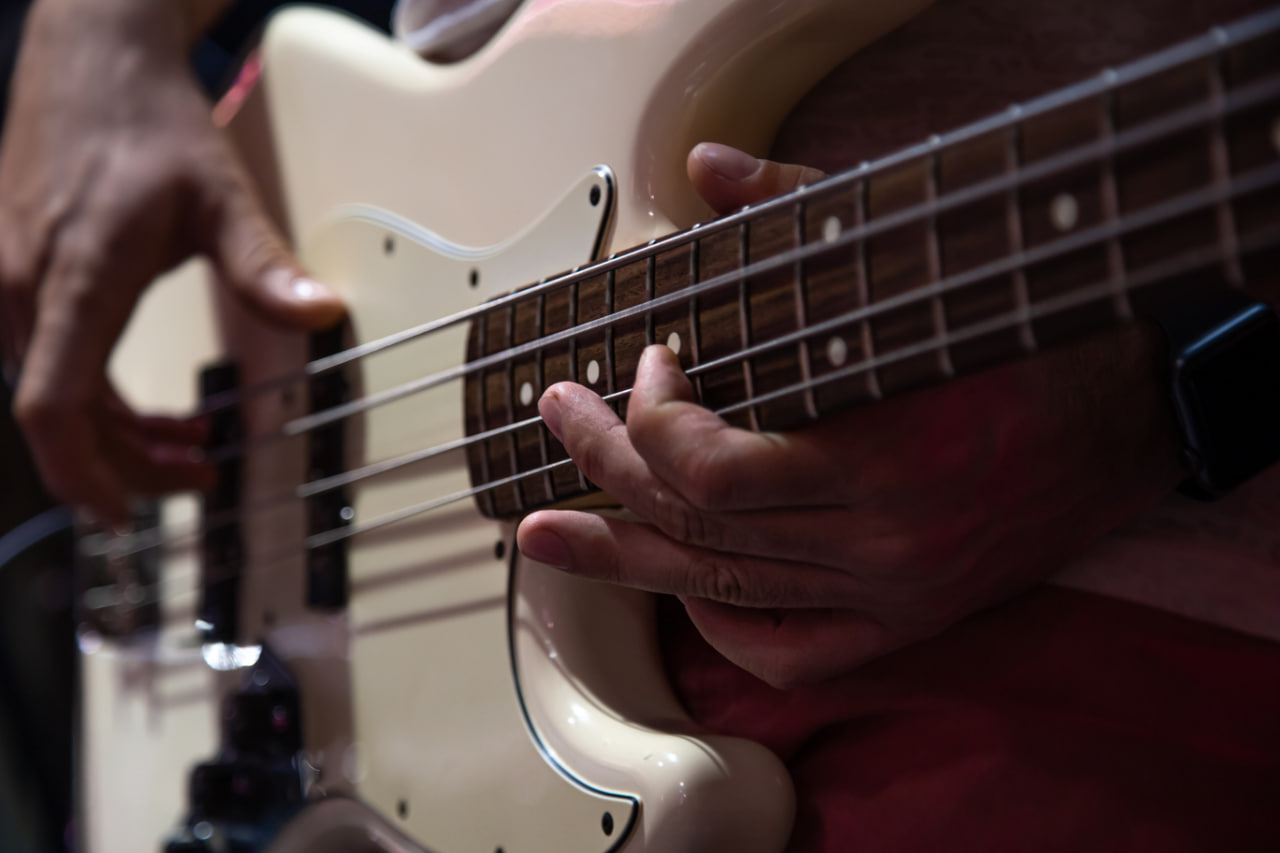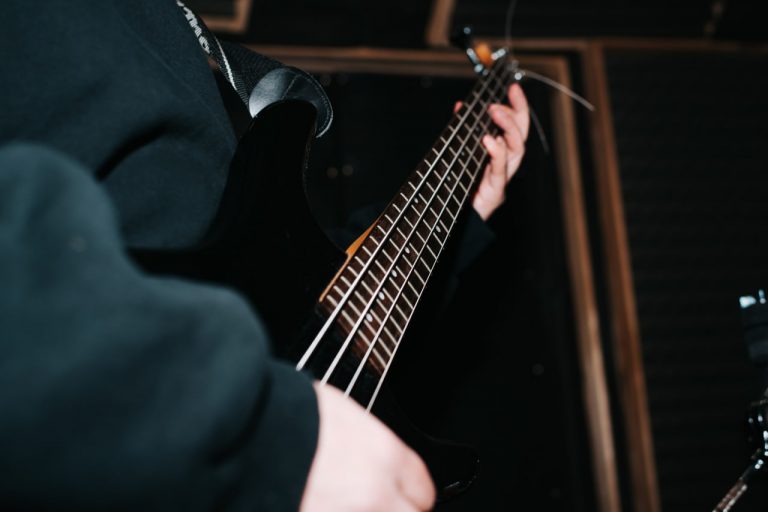Learning to play the bass guitar is an exciting journey that opens the door to countless musical opportunities. For beginners, mastering the fundamental techniques is crucial to developing a strong foundation and becoming a confident, versatile bassist. This blog explores the essential bass techniques every beginner should focus on, setting you up for success as you progress.
Proper Finger Positioning and Hand Placement
One of the first things a beginner bassist needs to learn is how to position their fingers and hands correctly. Proper finger placement allows you to play notes cleanly and efficiently, minimizing strain and fatigue.
When fretting notes, use the tips of your fingers and press down just behind the fret to get a clear sound without buzzing. Keep your thumb positioned behind the neck to provide support, and maintain a relaxed hand posture to avoid tension. Practicing this early helps prevent bad habits and potential injuries.
Developing a Solid Plucking Technique
The way you pluck the strings greatly influences your tone and rhythm. Most beginners start with the index and middle fingers to pluck the strings, alternating between them for smooth, consistent playing.
Experiment with using the pads of your fingers for a warmer sound or the tips for a sharper attack. Pay attention to your picking hand’s angle and the distance from the pickups, as these factors affect the tone. Consistent plucking develops control and dynamics essential for expressive playing.
Mastering Basic Rhythms and Timing
Bass guitar is the rhythmic and harmonic foundation of a band, so understanding timing is key. Beginners should practice playing simple rhythms with a metronome to build a strong internal sense of time.
Start with steady quarter notes and gradually move to eighth and sixteenth notes. Work on locking in with drum patterns or backing tracks to develop your groove. Consistent practice of timing ensures your bass lines drive the music forward and support other instruments.
Learning to Read Bass Tablature and Standard Notation
Reading music helps bassists communicate, learn songs, and understand theory. Beginners should familiarize themselves with bass tablature (tabs), a simple way to read finger positions on the fretboard.
As you progress, learning standard musical notation becomes valuable for sight-reading and broader musical understanding. Combining both methods will improve your versatility and open more learning resources.
Exploring Different Playing Styles
Bass players use various techniques to achieve different sounds and textures. Beginners should explore styles such as fingerstyle, using fingers to pluck strings; slap and pop, which produce a percussive, funky tone; and using a pick for a sharper attack common in rock and punk.
Experimenting with these techniques broadens your skill set and helps you find your personal style.
Incorporating Muting Techniques to Control Noise
Muting unwanted string noise is essential for clean playing. Beginners should practice left-hand muting, where unused fingers lightly touch strings to stop them from ringing, and right-hand muting, using the palm to dampen strings near the bridge.
Effective muting keeps your playing tight and professional, especially when switching between notes or chords.
Practicing Scales and Arpeggios
Scales and arpeggios form the building blocks of bass lines and solos. Start with major and minor scales to understand key centers and finger patterns on the fretboard.
Arpeggios help you play the notes of chords individually, aiding in melodic and harmonic development. Regular practice improves finger strength, dexterity, and musical knowledge.




